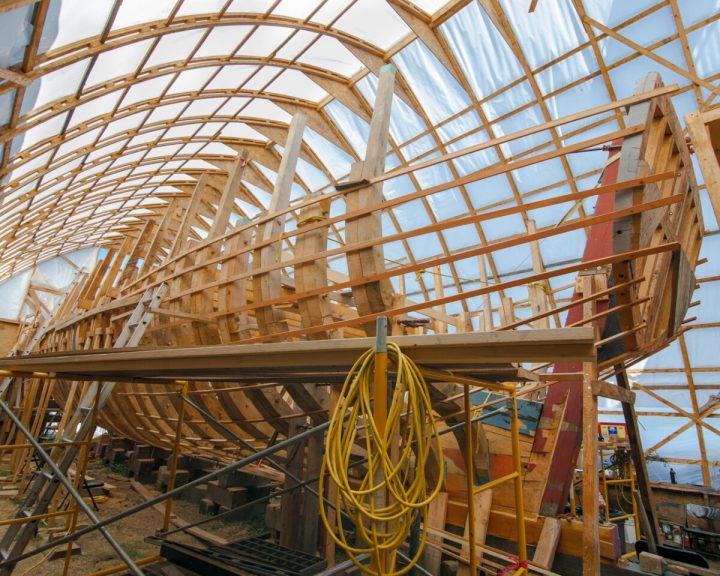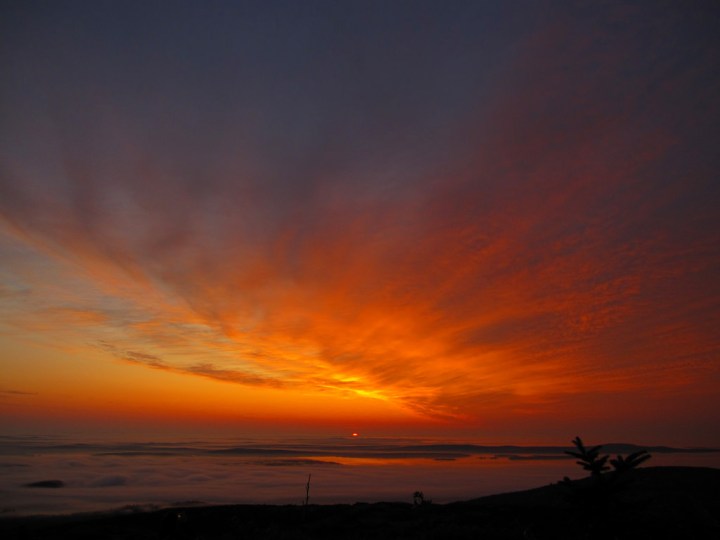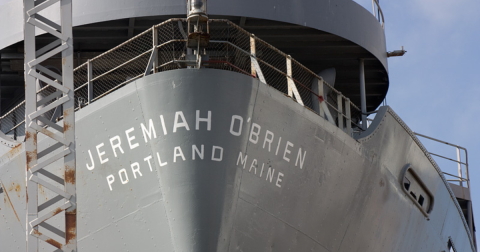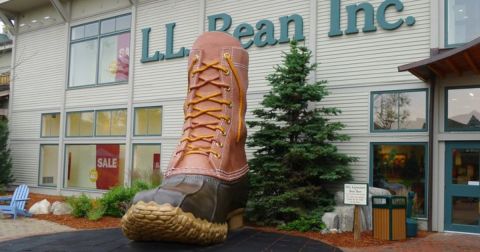Some People Don’t Know That Maine Was The First To Do These 10 Things, Part 2
Every day I remind you that Maine is pretty much the best state in the USA. Are you getting tired of it yet? I hope not, because I’m certainly not tired of reminding you! We know that there were many awesome things invented in Maine, that Maine is beautiful, that marrying a Mainer is a good decision, and that we have the best hikes, sunsets, and waterfalls in the world. But, did you know that Maine was the first to do quite a few things in the country? As a small departure from our opinion lists, here are some straight-up facts to share with your friends from away all about a couple of Maine firsts. These are some of the best Maine firsts in our state.
1. The first ship built by English colonists was constructed in Maine.

2. In 1623, the first sawmill in the U.S. was built in Maine.

3. The original patent for the sealed dive suit came from Maine.

4. In 2013, Maine was the first state to legalize the purchase of prescription drugs from overseas. But ...

5. Maine was the first to give you the zig-zag sewing stitch.

6. Maine is home to Togus, the first Veteran hospital in the country.

7. We were the first to begin to think about the snowmobile.

8. York was the first city chartered city in the USA.

9. The inventor of the Maxim gun first called Maine his home.

10. Maine is the first to see the sunrise.

There you have it —10 things that are Maine firsts. Did we leave any other Maine firsts or Maine inventions off the list? Let us know in the comments or on our Only In Maine Facebook page!
OnlyInYourState may earn compensation through affiliate links in this article. As an Amazon Associate, we earn from qualifying purchases.
More to Explore
Maine Firsts
Are there any inventions from Maine?
There are several inventions that come from Maine. Here are a couple of good ones you might not have known came from the Pine Tree State:
- The first transatlantic television signal
- Toothpicks
- Ear muffs
- Microwaves
- Chewing gum
- Paper plates
These and many more can be found in our article where we covered the inventions of Maine.
What are some specific foods and drinks that come from Maine?
There is a distinguished taste that comes from Maine from the candy to the soda. Here are a couple of foods from Maine:
- Fluffernutter
- Red snappers
- Needems
- Moxie
- Brown bread
These foods and more can be found in our article about classic Maine foods.
What are some fun facts about Maine?
Some weird and quirky facts about Maine? Sure, we’ve got plenty of them. Check out some of our favorite fun facts about Maine:
- Maine is the closest state in the United States to Africa.
- Maine was the first to make the sale of alcohol illegal.
- Maine is the second coldest state, second only to Alaska, go figure.
- In Northern Maine, the population of people and moose are very close in number.
Learn more about these Maine fun facts with this article.




